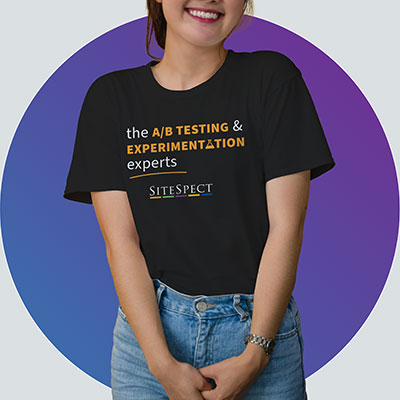How 3 Universal Truths Identified by Target Apply to Optimization
By SiteSpect Marketing
June 3, 2015
Share
The 11th Annual Internet Retailer Conference and Exhibition has started! Thousands of attendees and hundreds of exhibitors have arrived and sessions are underway. This morning, the keynote featured Jason Goldberger, president of Target.com and mobile. He discussed the “Retail Revolution: How Digital is Transforming Target and Fueling the Future of Shopping.”
In 2014, Target’s mobile traffic grew 44% and its mobile conversion rate grew 69% year over year. These results are astounding. Jason acknowledges that the road has not always been easy, including a highly publicized app issue during the launch of the Lilly Pulitzer collection in April 2015.
In order to keep up with the fast pace of technology, Target is working to “catch up, keep up, and leap ahead in a world that is moving incredibly fast.” It has identified 3 universal truths that really matter when it comes to meeting user expectations:
- Be guest-obsessed, not channel-obsessed.
- Re-invent assets.
- Say Yes.
These are great tips and when I attend conference sessions, I consider how the content applies to my own industry. After reflection, I believe that these universal truths also apply to A/B testing and multivariate testing. Here are a few examples:
Be Guest-Obsessed, Not Channel-Obsessed.
The gist of Jason’s message was to focus on customers, not necessarily the channel they used to purchase from Target. In the end, any channel that drives customers to purchase is part of their overall experience.
When you A/B test with SiteSpect, you can afford to be both guest-obsessed and channel-obsessed. You can target users based on many factors, including who they are and the device they are using. SiteSpect’s Targeting Assistant allows you to discover and surface new segments or combinations of segments of your audience and then rank them by the amount of traffic to which they apply.
Re-invent Assets.
Target is experimenting with how it can re-invent its storefronts. In addition to servicing the traditional in-store shopper, Target is now turning stores into fulfillment centers. According to Jason, 25% of all digital orders are picked up or shipped from a store. By re-imagining its assets, Target has found new ways to meet the needs of its customers.
From an A/B testing perspective, catalog the assets that are driving conversions and see if they can be re-applied elsewhere on the site. For example, if a n on-site search algorithm increases conversions for one product category, apply the same technique to another category and measure the results. If video has been successful on your main site pages, A/B test whether it drives conversions on your mobile app or site.
Say Yes.
Target found that by saying yes and taking the longer view, the details will fall into place. In recent years Target has experimented with its free shipping minimums, subscription services, and linking in-store showrooms to digital research and purchase. It started small and A/B tested these new ideas in selected markets. When Target found success in these A/B tests, it expanded. Its openness to trying new things has directly contributed to its bottom line.
When it comes to optimization, say yes. Encourage your team members and coworkers to propose new ideas. When it makes sense, wrap an A/B test around the idea to gauge whether it can help you increase your success.
If the opening keynote is any indication, the sessions to come will be exciting and inspiring. If you’re attending IRCE, please visit my SiteSpect colleagues at booth #1950 to discuss how SiteSpect can help optimize your site. Be sure to enter our “Selfies with SiteSpect” Photo Contest for a chance to win a free GoPro HD Hero-3 Camera!
To learn more about SiteSpect, visit our website.
Share
Suggested Posts
Subscribe to our blog:






